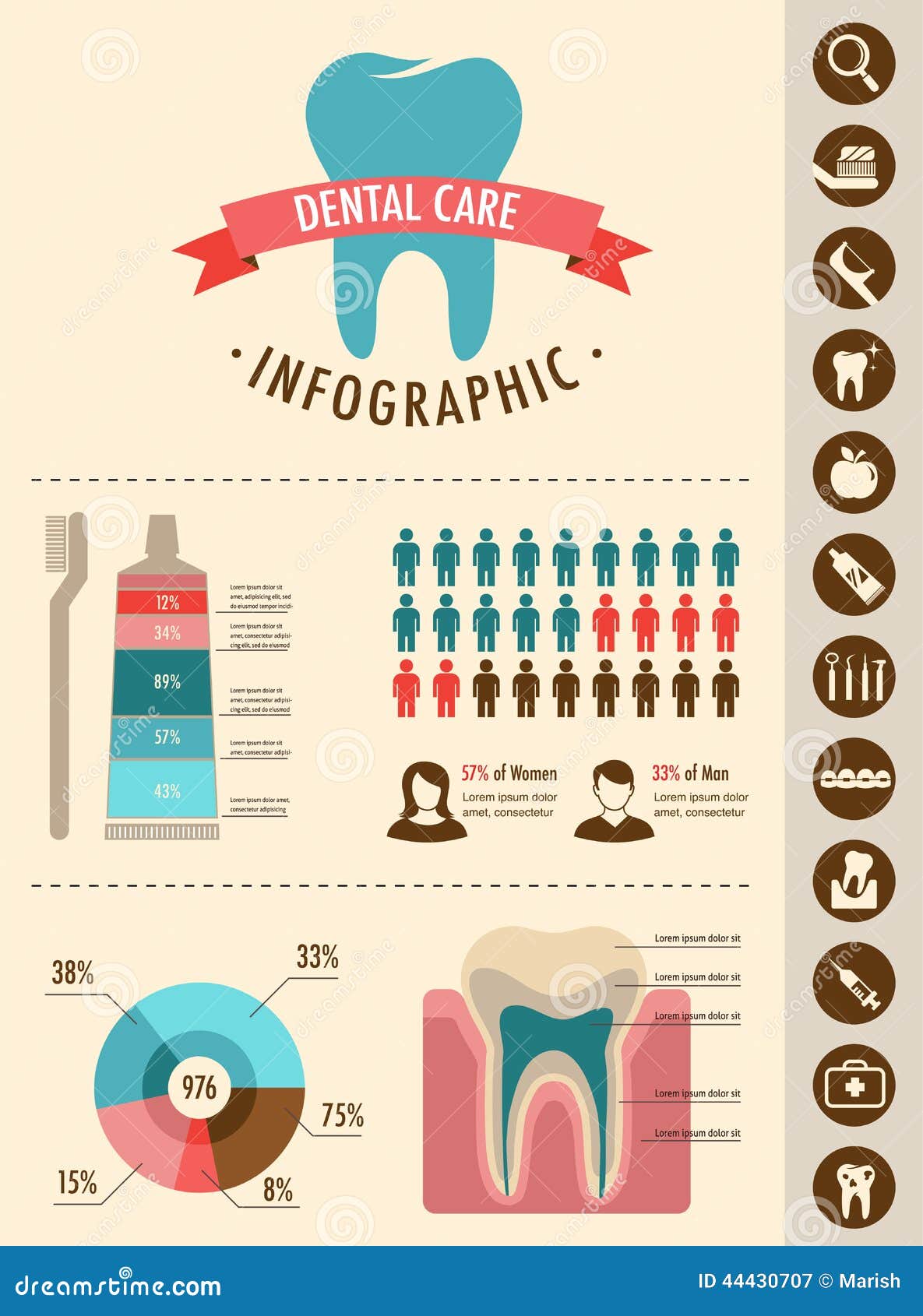Uncover The Transformative Improvements That Are Reshaping Dental Surgery. Look Into The Future Of This Discipline And Preserve An One-Upmanship. Click Now To Get Insight Right Into What Lies Ahead
Uncover The Transformative Improvements That Are Reshaping Dental Surgery. Look Into The Future Of This Discipline And Preserve An One-Upmanship. Click Now To Get Insight Right Into What Lies Ahead
Blog Article
Produced By-Bendixen Dowd
Invite to the world of dental surgery, where advancements and breakthroughs are shaping the future of the area! In this amazing world, you'll witness the transformative power of robotics, the advanced wonder of 3D printing, and the game-changing impact of minimally intrusive methods.
The future of dental surgery holds a pledge of accuracy, efficiency, and improved person results. With the help of innovative robotics, doctors have the ability to do complicated treatments with greater accuracy and control.
3D printing technology is changing the development of oral implants and prosthetics, offering personalized options that fit perfectly right into each patient's unique anatomy.
Additionally, minimally invasive strategies are decreasing post-operative pain and healing time, enabling clients to go back to their day-to-days live earlier.
Get ready to check out the exciting technologies and breakthroughs that are improving the landscape of oral surgery!
Developments in Robotics
One significant improvement in oral surgery is the use of robotic modern technology, which enables exact and effective procedures. With https://teethwhiteningtraysfromde95173.bligblogging.com/33607935/youngsters-and-preventative-dentistry-what-parents-must-know of robotic systems, dental doctors have the ability to perform intricate surgeries with boosted accuracy, minimizing the danger of human mistake.
These robot systems are geared up with sophisticated imaging innovation and accurate tools that allow cosmetic surgeons to navigate with detailed physiological frameworks with ease. By utilizing simply click the next website page , surgeons can achieve greater surgical accuracy, resulting in improved patient results and faster healing times.
On top of that, using robotics in oral surgery allows for minimally invasive treatments, reducing the trauma to surrounding tissues and promoting faster recovery.
3D Printing in Oral Surgery
To boost the area of dental surgery, you can discover the subtopic of 3D printing in dental surgery. This innovative modern technology has the prospective to revolutionize the means dental doctors run and treat people. Below are four crucial methods which 3D printing is shaping the field:
- ** Customized Surgical Guides **: 3D printing allows for the creation of highly exact and patient-specific surgical guides, boosting the accuracy and effectiveness of treatments.
- ** Implant Prosthetics **: With 3D printing, dental cosmetic surgeons can produce personalized implant prosthetics that flawlessly fit a person's unique anatomy, resulting in much better end results and person satisfaction.
- ** Bone Grafting **: 3D printing enables Recommended Studying of patient-specific bone grafts, lowering the need for typical implanting methods and improving healing and healing time.
- ** https://ucreview.com/dental-implants-market-2023-worldwide-business-growth-and-consumption-status-by-2032/ and Training **: 3D printing can be used to create sensible surgical designs for academic objectives, enabling dental doctors to practice complex treatments before performing them on patients.
With its potential to enhance precision, personalization, and training, 3D printing is an amazing advancement in the field of dental surgery.
Minimally Invasive Methods
To better progress the area of dental surgery, accept the capacity of minimally intrusive methods that can considerably profit both specialists and patients alike.
Minimally intrusive strategies are reinventing the field by minimizing medical trauma, lessening post-operative discomfort, and speeding up the recovery process. These methods include making use of smaller lacerations and specialized tools to perform treatments with precision and effectiveness.
By utilizing advanced imaging innovation, such as cone beam of light computed tomography (CBCT), specialists can properly prepare and implement surgeries with very little invasiveness.
In addition, making use of lasers in oral surgery enables accurate cells cutting and coagulation, resulting in lessened bleeding and lowered healing time.
With minimally intrusive methods, patients can experience quicker recovery, decreased scarring, and boosted outcomes, making it a vital element of the future of oral surgery.
Conclusion
So, as you can see, the future of oral surgery is exceptionally encouraging, with amazing innovations and advances shaping the field.
From the developments in robotics to using 3D printing and minimally intrusive techniques, oral doctors are revolutionizing the way they provide care.
While some may stress over the possible expense associated with these improvements, it's important to bear in mind that these technologies eventually improve person outcomes and decrease healing time, making them well worth the financial investment over time.
